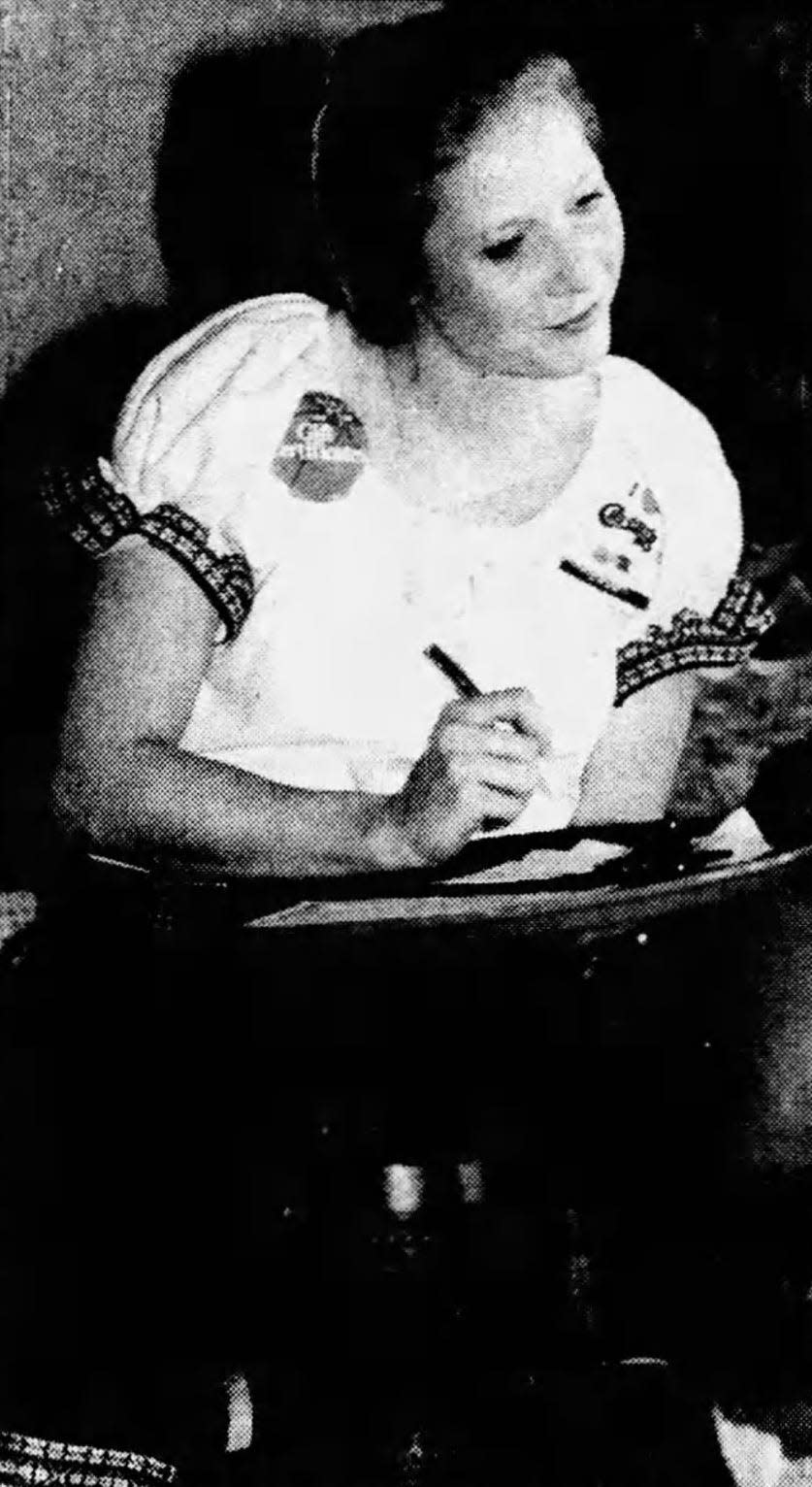Chi-Chi’s Mexican Restaurante saw promise in Sioux Falls, but not without scrutiny: Looking Back

On Aug. 21, 1983, it was announced that a new dining experience would be coming to the Empire Mall area. Chi-Chi’s Mexican Restaurante, a growing Midwest chain, saw a promising market in Sioux Falls. Construction would soon begin on a $1.25 million restaurant owned by the largest Chi-Chi’s Franchisee.
Chi-Chi’s had a decidedly north of the border origin story. The first Chi-Chi’s opened in Richfield, Minnesota in 1976 by restauranteur Marno McDermott and former Green Bay Packers wide receiver and punter Max McGee. McDermott and McGee had operated a singles club in the same building known as the Left Guard. In 1977, McDermott told Minneapolis Star staff writer Joe Blade that the name Chi-Chi’s is a vulgar reference to breasts in Spanish. He mused that Spanish-speakers would be amused by the name, while English-speakers would find the name catchy. Every report after this one claims that Chi-Chi was the nickname of McDermott’s wife, Arlene.

Opening day was set for Nov. 12, 1983. In preparation, Chi-Chi’s staff of 200 participated in a 10-day dress rehearsal. Food and drinks were served to friends, family and others invited to receive a free preview of the eatery.
During this training exercise, over 3,000 meals were served, and $100,000 invested to make sure the staff was ready for the real deal. Manager Charlie Kono went through similar training leading up to that of his employees; he worked at other Chi-Chi’s locations doing everything from bussing tables to waiting them. He worked a 3 p.m. to 1 a.m. shift at the Fargo location during homecoming, suffering in the pits with the rest of the service staff.
“They give you a taste of high volume, job by job,” he said. “You can always remember the feel of the trench.”
More: Whitfield Hardware family's ties to city government run deep in Sioux Falls: Looking back
Kono was no stranger to the trench, having run The Library Restaurant in Yankton, and The Galley here in Sioux Falls. In order to improve efficiency, the back of the house staff would prepare meals over and over until they could have them done in 12 minutes or less. Chi-Chi’s was a big restaurant that needed a big staff. It sat 275, and on a busy day, could serve up to 2,000 people.
Chi-Chi’s carried on, serving Americanized Mexican cuisine, celebrating Cinco de Mayo, and expanding across the Midwest. By 1986, there were over 200 locations, nearly doubling the 101 in existence when the company announced the restaurant’s arrival in Sioux Falls.
The chain continued to expand, opening locations in Texas, New Mexico, and California. It was at this point that business started to slow. These markets were already filled with more authentic casual Mexican restaurants, and the demand for Americanized Mexican cuisine was filled by Tacos Bell and John. One restauranteur in Albuquerque said of Chi-Chi’s, “They use onions like I use ground beef,” referring to the meat to onion ratio in the food Chi-Chi’s served.
More: How the New Theatre set the stage for Sioux Falls for years to come: Looking back
In 1998, Koo Koo Roo Inc. merged with Family Restaurants, Inc., which owned Chi-Chi’s at the time. Automobile executive and business icon Lee Iacocca was brought in to rescue the company with such properties as Koo Koo Roo California Kitchen and Hamburger Hamlet. In 2002, the company, renamed Prandium Inc. filed for Chapter 11 bankruptcy. The company came out of it several weeks later, but was closing restaurants.
In July of 2003, Chi-Chi’s in Sioux Falls applied for transfer of liquor license from itself to Old Chicago. The writing was on the wall.
This article originally appeared on Sioux Falls Argus Leader: Chi-Chi’s Mexican Restaurante saw promise in Sioux Falls, but not without scrutiny: Looking Back

